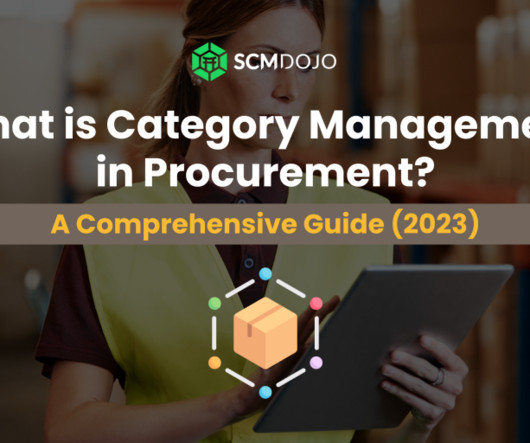Strategic Sourcing Success – Techniques Deployed by Leaders in S2P
Jaggaer
FEBRUARY 5, 2025
Strategic Sourcing Success: Best Practices and Key Strategies Of course, there are many definition s of source-to-pay but put simply, strategic sourcing is a data-driven approach to securing the best value for your organization from its strategic suppliers. How Has Strategic Sourcing Evolved?



















Let's personalize your content